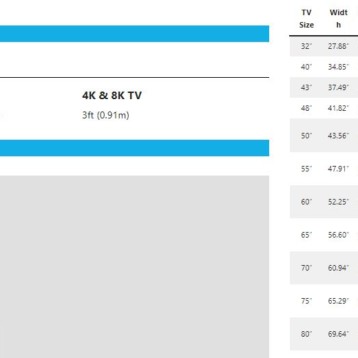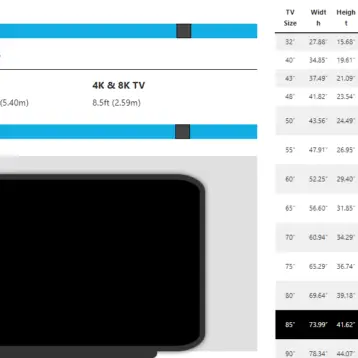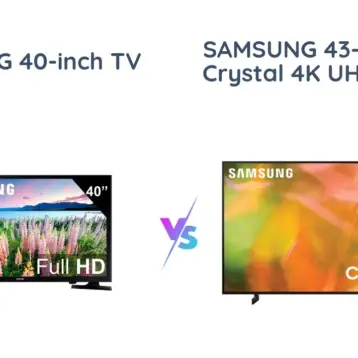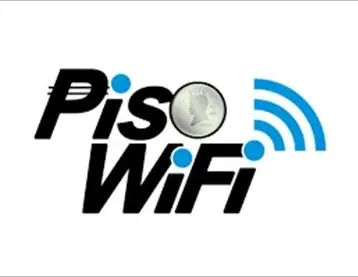The California based Company OCZ, has recently launched a new product, Throttle, which integrates External Serial ATA connectivity (eSATA) with a conventional USB drive. The result is increased data transfer speed with extreme portability.
Since the appearance of the first USB thumb drives back in 2000, people have become accustomed to the idea of transferring document files and multimedia via these small plastic devices. Travelers, students, business professionals and even ordinary people enjoy the ability to backup data and transfer it with ease to multiple systems. OCZ is relying on such consumers to buy their new product, which combines the USB standard with the much faster eSATA connectivity. While the theoretical limit of USB 2.0 is 60MB/s, eSATA has a max theoretical limit of 300MB/s.
A typical USB flash drive consists of a NAND-type flash memory data storage device integrated with a USB interface. The typical storage capacities available today range from 1GB to 64G, but each year the price per GB drops as the capacity offered increases. Although, there has been a significant improvement in speed from the USB 1.0/1.1, to the now prevalent USB 2.0 standard, it is still considerably slower than eSATA. The upcoming USB standard, USB 3.0, scheduled to reach the market in 2010, will be even faster but until then OCZ’s solution could give users an advantage when it comes to transferring large amounts of data quickly. .
The Serial Advanced Technology Attachment (SATA) computer bus has the primary function of transferring data (directly or otherwise) between the motherboard and mass storage devices such as hard disk drives and optical drives inside a computer. Unlike the older parallel ATA interface, the SATA offers faster data transfer and the ability to remove or add devices while operating (called “hot swapping”). The eSATA standard, which was approved in 2004, allows manufacturers to add a simple connector to motherboards for directly attaching external hard drives. OCZ decided to utilize this feature, which became common in many modern motherboards, in order to increase the speed of their thumb drive. The only drawback is that most motherboard manufacturers put the e-SATA connection in the back of the computer, making it fairly uncomfortable to access.
The OCZ Throttle offers users the option of plugging directly into any compatible motherboard or laptop with an eSATA port. If users don’t have an eSATA port, they can use the USB connection; a mini USB cable is also provided. According to OCZ, it is a “True Plug & Play”, meaning that during the first connection to the user’s PC, the OS will automatically recognize the device and no further installation processes will be required.
Currently the OCZ Throttle is offered in three different capacities: 8GB, 16GB and 32GB. The claimed speed rates are (a very respectable) 90MB/s (read) and up to 30MB/s (write), but using the USB connection will probably result in slower speeds. The product includes a 2-year warranty, and its retail price varies according to the three storage capacities: $32, $56 or $160.
As noted earlier, TFOT has covered the emergence of the USB 3.0 standard, which will enable manufacturers to produce faster, better products. Other related TFOT stories include a detailed article on the latest SSDs coming out in 2009 , offering faster performance, Toshiba’s launch of a 32GB NAND Flash Memory, in full compliance with the e-MMC and eSD standards, and the new SDHC for Eee PC, a new card aimed towards those who already bought the Eee PC and are disappointed with its limited storage capacity.
More information about the OCZ Throttle can be found on its website.










